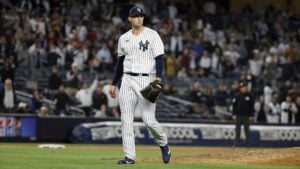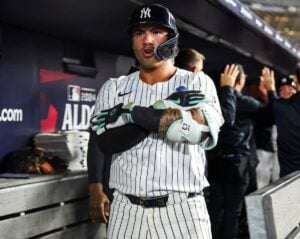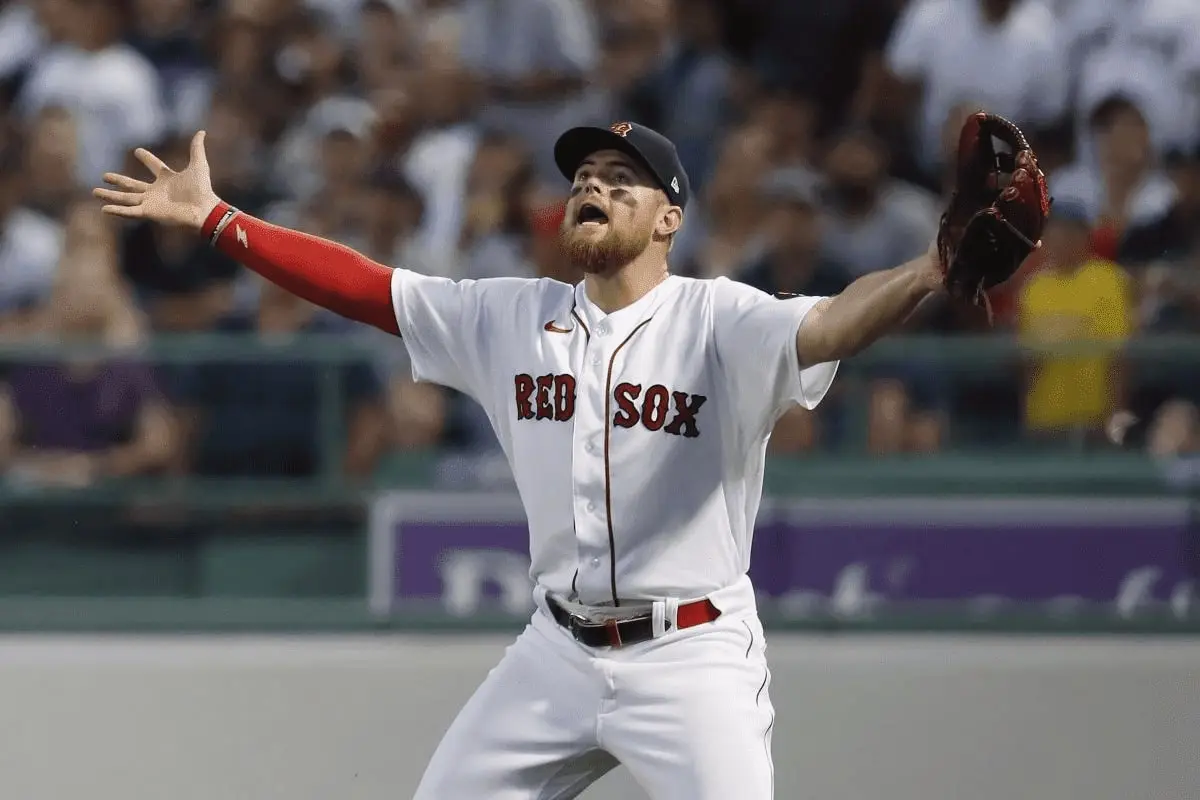Yankees play it bare: Deadline moves avoid splash or crash
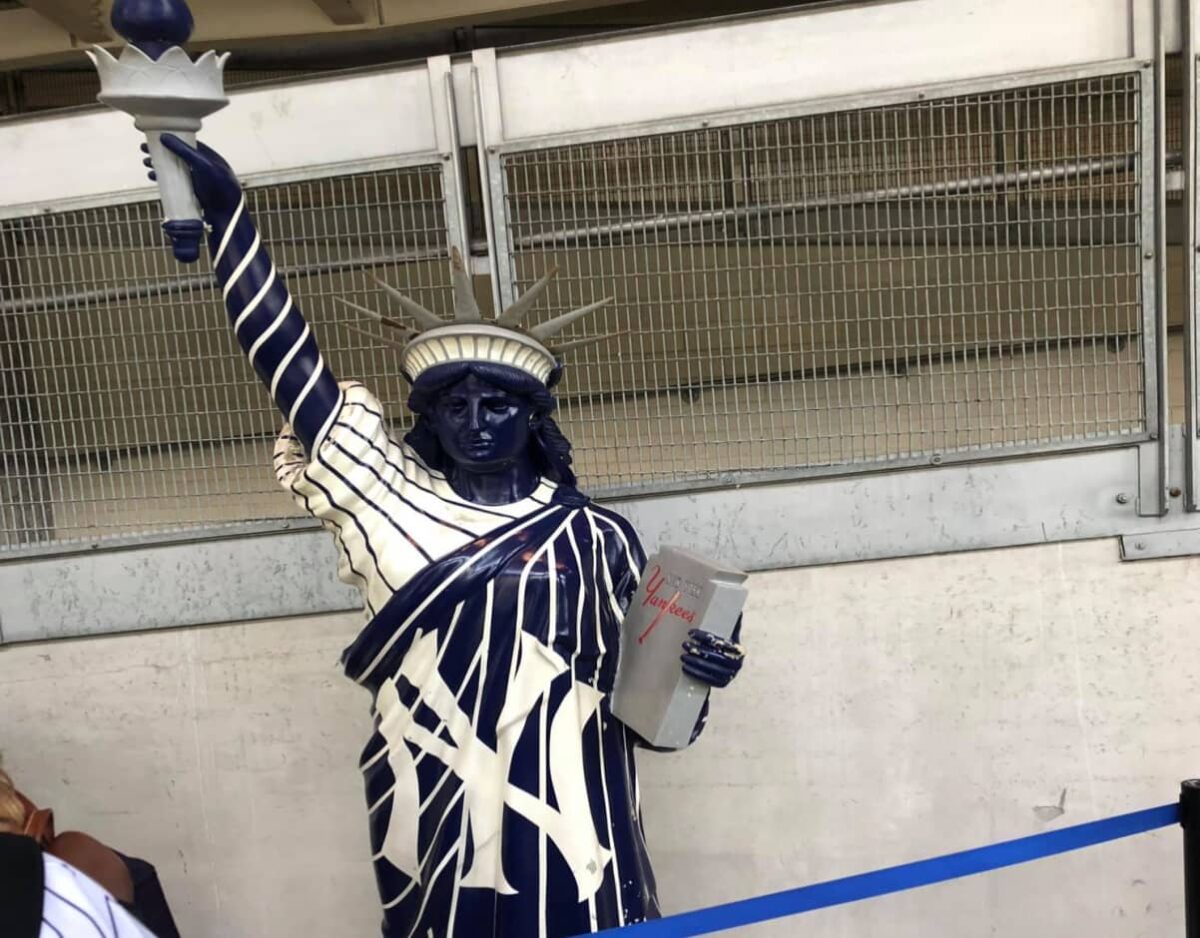

Esteban Quiñones
More Stories By Esteban Quiñones
- Mother’s Day: How Anthony Volpe’s mom molded him into a Yankee phenom
- Aaron Judge on verge of joining elite Yankees club, finds inspiration in Winfield, Jeter, CC
- Steinbrenner ‘got ears’ to hear Yankees’ challenges, yet no gurantee of change
- Michael Kay’s show heading to December ending amid uncertainty over ESPN deal
- Yankees’ Gleyber Torres projected to sign with NL West contender
Table of Contents
The New York Yankees made modest moves at the trade deadline, bringing in a hitter and two relievers known for their strikeout capabilities. They did not pursue a win-at-all-costs strategy due to financial constraints from ownership and a weakened farm system. As a result, they missed out on major targets like Crochet or Diaz, who could have significantly strengthened their roster.
Instead, they focused on addressing immediate needs to shore up their team, which, while having significant potential, also has evident weaknesses. Their approach was more about meeting the basic requirements to remain competitive rather than making a strong statement of championship ambition.
Jazz Chisholm Jr.: Yankees get a boost
The Yankees acquired CF/INF Jazz Chisholm, Jr. from the Marlins for catching prospect Agustin Ramirez and infield prospects Jared Serna and Abrahan Ramírez.
The Yankees’ acquisition of Chisholm brings much-needed athleticism to their aging roster. His diverse skill set—combining speed, power, and defensive versatility—makes him a valuable asset across multiple positions, including center field, second base, and now third base.
At just 26, Chisholm has already made a notable impact with the Yankees. His offensive talent and defensive flexibility have been evident, particularly in his smooth adaptation to third base, a new position for him. This readiness to adapt highlights his team-first attitude.
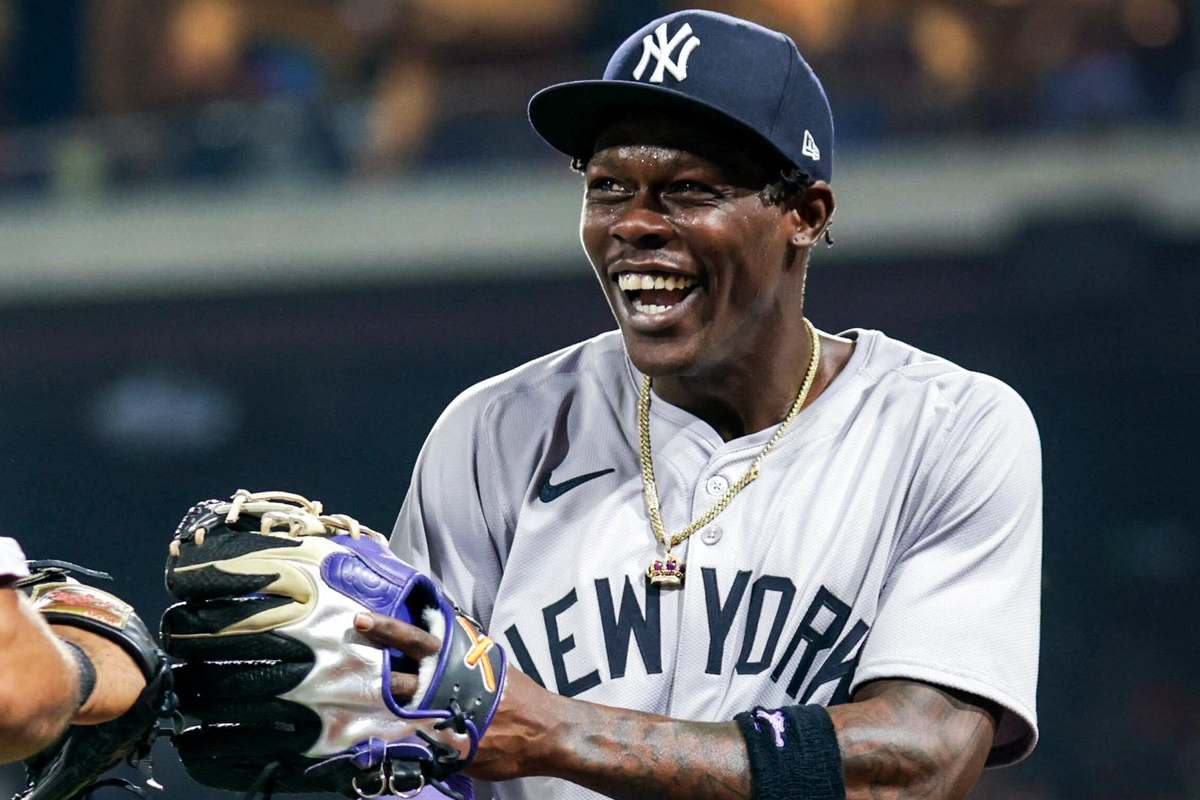
Despite concerns about his injury history, Chisholm offers a long-term solution for the Yankees, with team control extending through 2027. He could potentially take over the second base role after this season, especially given Gleyber Torres’ impending free agency and the likelihood that he may not return.
Chisholm’s versatility and potential make him more than just a temporary fix. He represents a strategic investment in the team’s future, addressing immediate needs while positioning the Yankees for continued competitiveness in the years ahead.
The Yankees’ trade package to Miami was headlined by Agustin Ramirez, a promising 22-year-old catcher with significant power potential. Ramírez impressed with a .942 OPS and 16 home runs in 58 AA games, earning a promotion to AAA where he continued to showcase his talent. His trade became viable due to the Yankees’ depth in catching prospects and Austin Wells’ recent success at the major league level.

The deal also included Jared Serna, a 22-year-old middle infielder who has shown solid offensive ability in high-A, with a .785 OPS and 13 homers in 88 games. To further enhance the package, the Yankees added Abrahan Ramirez, a young talent who won’t turn 20 until October. Ramirez has excelled in the Florida Complex League, hitting .348 with a .447 on-base percentage and a .513 slugging percentage, making him a compelling prospect.
This trade addressed the Marlins’ need for catching depth and strengthened their middle infield pipeline. For the Yankees, it was a strategic move to leverage their prospect surplus for immediate major-league talent.
Mark Leiter Jr.: Yankees put immediate need over future
The Yankees made a trade for Mark Leiter Jr. with the Chicago Cubs by swapping pitching prospect Jack Neely and infield prospect Ben Cowles.
Mark Leiter Jr., carrying on a distinguished baseball legacy, has emerged as a standout reliever. This season, he has posted a solid 4.21 ERA over 39 appearances and 36 ⅓ innings, striking out an impressive 53 batters. His elite whiff rate (36.7%) and strikeout rate (34.9%) rank him in the 98th percentile league-wide, fulfilling a crucial need in the Yankees’ bullpen.
Leiter’s effectiveness goes beyond his strikeouts. He excels at inducing weak contact, with an average exit velocity of just 87 mph, and has achieved a career-high 50.6% ground-ball rate. His ability to neutralize left-handed batters, with a career .213 average and .657 OPS, further strengthens the Yankees’ bullpen.
With team control through 2025, Leiter offers both immediate impact and future value. His strikeout rate ranks 11th among pitchers facing at least 100 batters this season, representing a significant upgrade for a Yankees bullpen that entered Tuesday with a middling 23% strikeout rate (17th in MLB).
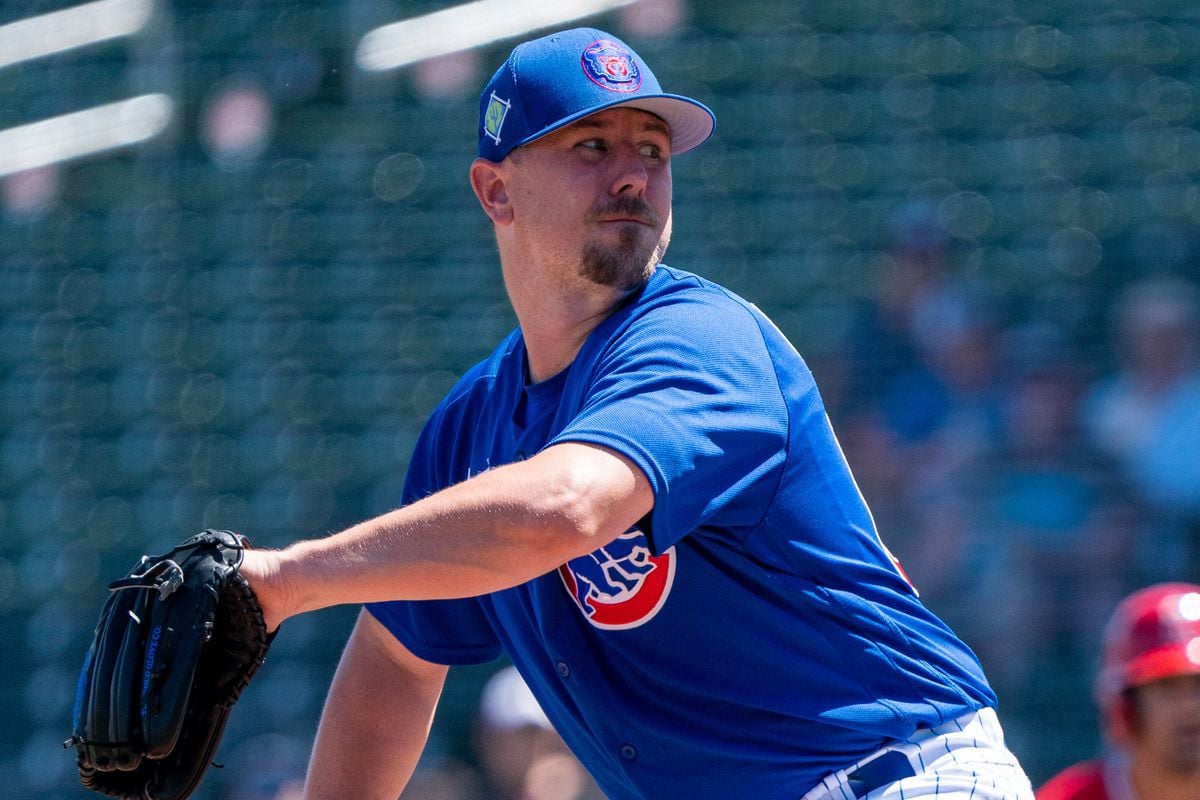
Leiter’s acquisition strategically enhances the Yankees’ relief corps, addressing key deficiencies and providing long-term stability.
Mark Leiter Jr., at 33, has demonstrated notable resilience and effectiveness despite recent challenges. After a short stint on the IL due to a forearm strain—an issue given his history with Tommy John surgery—he has made a strong comeback, pitching 7 ⅔ perfect innings and recording 14 strikeouts.
Although his 4.21 ERA might not stand out, Leiter’s 2.11 FIP ranks sixth among qualified MLB relievers, reflecting his true impact. His diverse five-pitch repertoire, which prominently features sinkers and splitters, keeps hitters off balance. His splitter has been especially effective, yielding just three singles in 194 throws and generating a remarkable 62.7% whiff rate.
To acquire this seasoned reliever, the Yankees traded away two promising prospects. Grant Neely, 24, had impressed at Double-A and Triple-A with his hard-throwing style, while Matt Cowles, also 24, was making strides at Double-A. Both were Rule 5 draft eligible and would have required 40-man roster spots this offseason.
This trade not only bolsters the Yankees’ bullpen with immediate impact but also alleviates future roster pressures. By trading potential for proven performance, they’ve addressed current needs and simplified their upcoming roster decisions.
Enyel De Los Santos: Concerns over Yankees choice
The Yankees sent outfield prospect Brandon Lockridge to San Diego to acquire relief pitcher Enyel De Los Santos and prospect arm Thomas Balboni, Jr.
De Los Santos boasts a notable 32.5% whiff rate, placing him in the 92nd percentile, and his 10.7 strikeouts per nine innings ranks 22nd among relievers with 40+ innings pitched this season.
However, his overall pitching profile presents concerns. De Los Santos has a significant issue with hard contact, as indicated by his 13.9% barrel rate, which ranks in the 1st percentile and is the third-highest among pitchers facing 100+ batted ball events this year. Additionally, he leads all qualified relievers in home runs allowed per nine innings with a rate of 2.45.
These weaknesses could be exacerbated in the hitter-friendly environment of Yankee Stadium, potentially diminishing his strikeout effectiveness unless adjustments are made.
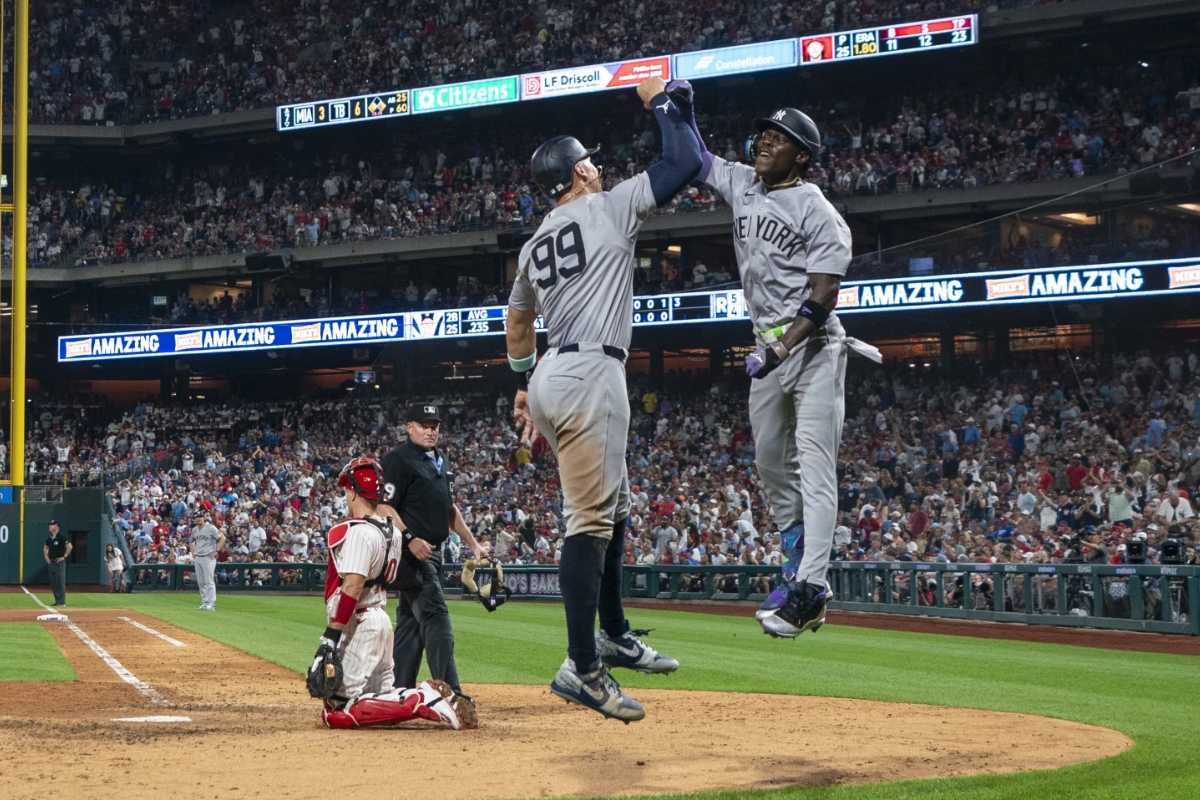
Yankees’ cautious deadline strategy
The Yankees reportedly had a tentative agreement to acquire Jack Flaherty but decided to back out after reviewing his medical history. Flaherty’s recent lower back issues, which required multiple injections and caused him to miss a start in July, likely raised concerns for New York’s front office.
With top-tier talent scarce, the Yankees made strategic moves by acquiring Chisholm, Leiter, and De Los Santos. These additions should theoretically bolster the roster. However, the true test for the 2024 season will be whether the existing core can contend for a championship, rather than relying solely on these new acquisitions to elevate the team.
The acquisitions of Chisholm and Leiter address key needs for the Yankees, with Chisholm potentially being the standout position player acquisition of the trade deadline. However, the overall assessment highlights missed opportunities to further strengthen the roster.
Given the uncertainty surrounding Juan Soto’s future beyond this season, leveraging his presence to secure a championship could have been a strong incentive for his return. While these moves don’t rule out success, they leave other critical areas, particularly starting pitching and corner infield positions, inadequately addressed.
Relying on injured players to recover and struggling players to improve poses risks. It raises concerns about whether the Yankees have done enough to maximize their championship window, especially in light of the urgency created by Soto’s limited time with the team.
What do you think? Leave your comment below.


 Follow Us
Follow Us
